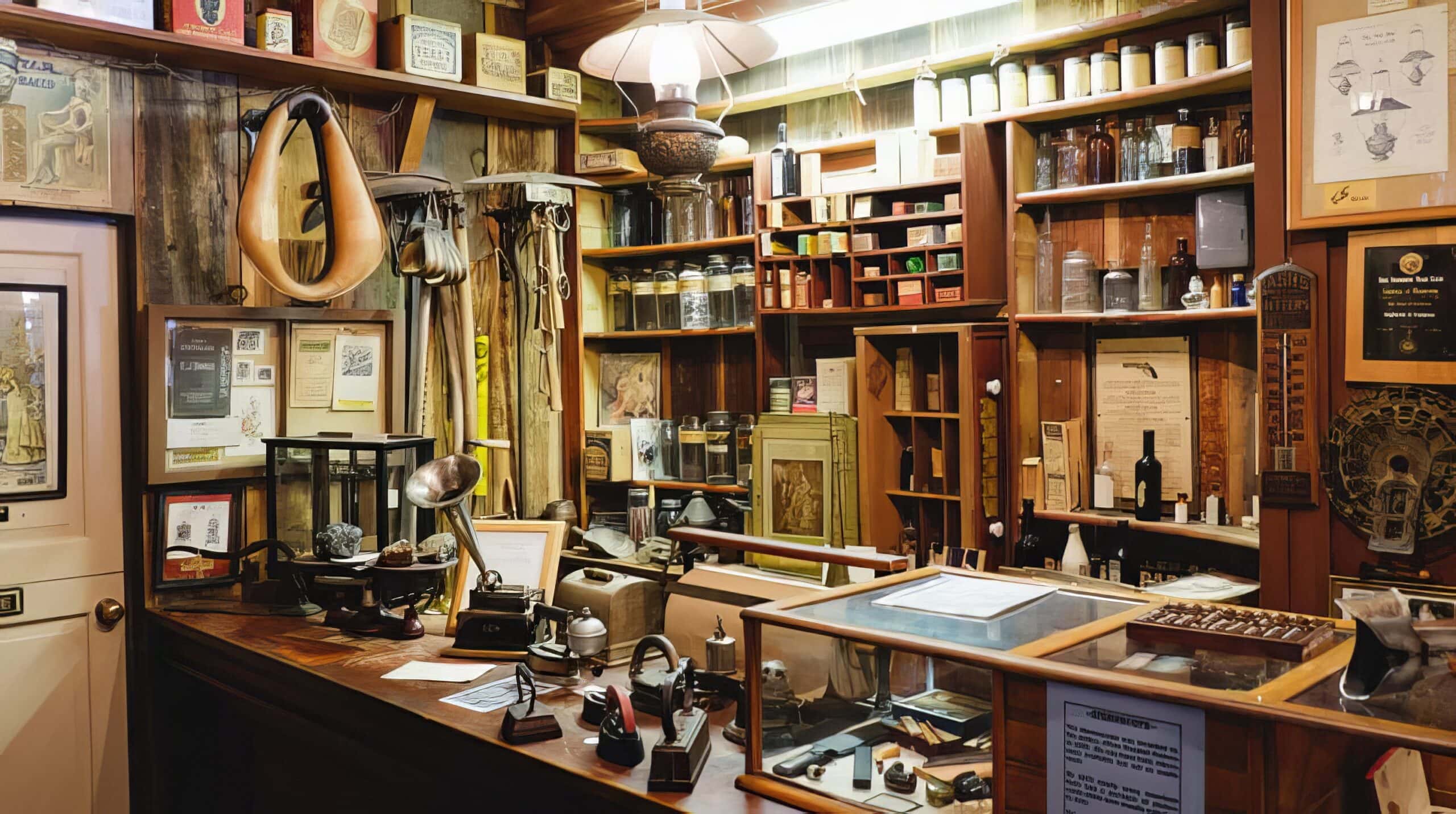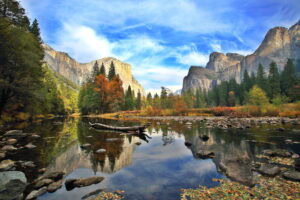Yosemite Mariposa County is a rambling, rolling realm with the grand arc of California history crackling through it like a current through a wire. Wow-worthy discoveries surface everywhere from well-curated museums and roadside historical markers to old mining towns, frozen-in-time yet vibrant with character, telling the individual stories of adventure seekers from around the world, immigrating, their hardships and successes in seeking a brighter future. Here’s our region-by-region tour of time-travel touchstones.
Mother Lode: Central Mariposa County
A fully loaded vault of landmarks and legends, central Mariposa County flashes with the authentic legacy of the California Gold Rush and early Spanish-Mexican explorers, vaqueros, and western cowboys. With so much here to see, do and learn, consider pairing history with the locally-sipsational Triangle Tasting Tour.
Mariposa Town Historic District
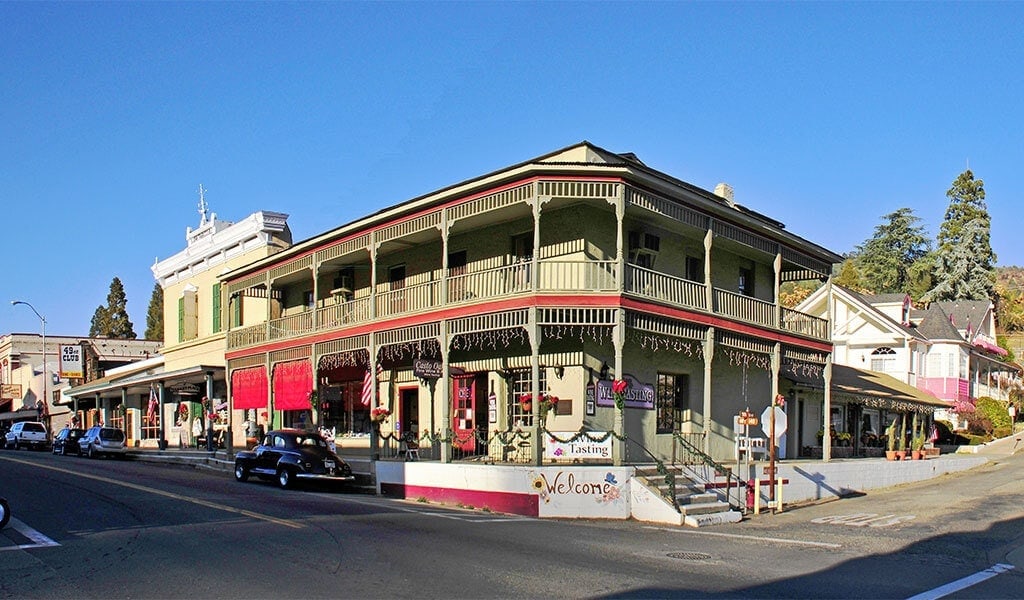
The story of the California mining industry runs through old town Mariposa’s 63 historic buildings, many among the oldest in California and emblematic of Gold Rush-era architecture. The Schlageter Hotel, Fremont Adobe, St. Joseph’s Catholic Church, the escape-prone Old Mariposa Jail and Mariposa Hotel are highlights.
Prior to the Gold Mining period, local lands were held in large Alta-California Mexican ranch land grants sometimes spanning hundreds of square miles supporting ranching, mining, lumbering, and small towns. The Rancho Las Mariposas was over 43,000 acres or 67 square miles of modern-day Mariposa County.
Going back further than the melting pot of California’s Gold Rush and Spanish settlement, Yosemite Mariposa County was home to Native Americans tribes, including the Southern Sierra Miwuk, which still thrive in the region today. The combination of Native Americans, Spanish settlers and Gold Rush fortune seekers turned Mariposa County into a melting pot and those roots are still here today.
California State Mining & Mineral Museum
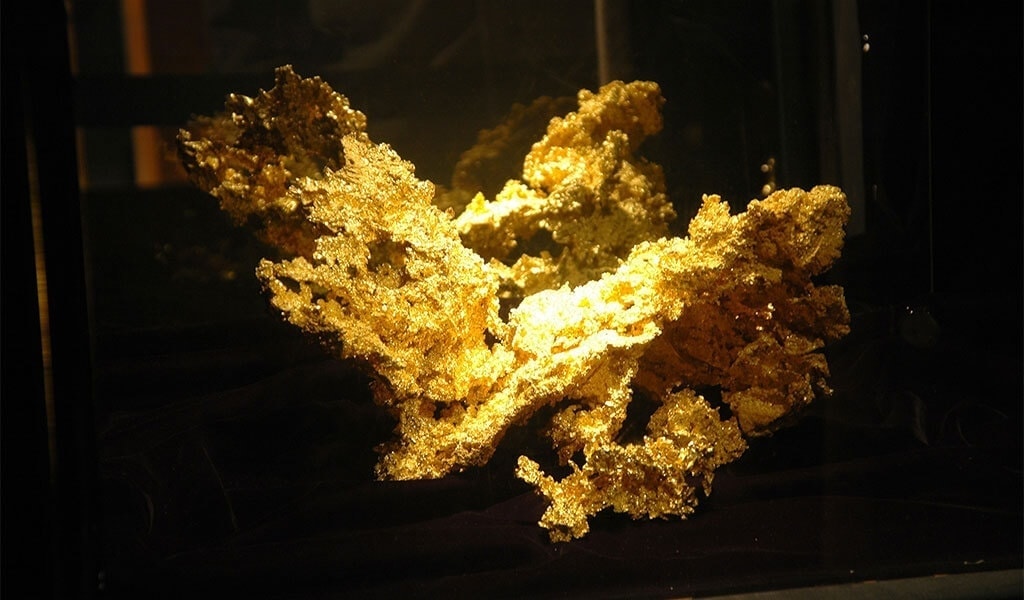
Offering a golden glimpse into California’s mineral wealth, colorful mining history and geologic diversity, the California State Mining & Mineral Museum holds over 13,000 objects including rare gems, minerals and mining artifacts. The Fricot “Nugget” is here “” a spectacular 13.8-pound specimen that’s the largest remaining intact mass of crystalline gold from 19th century California.
Mariposa Museum & History Center
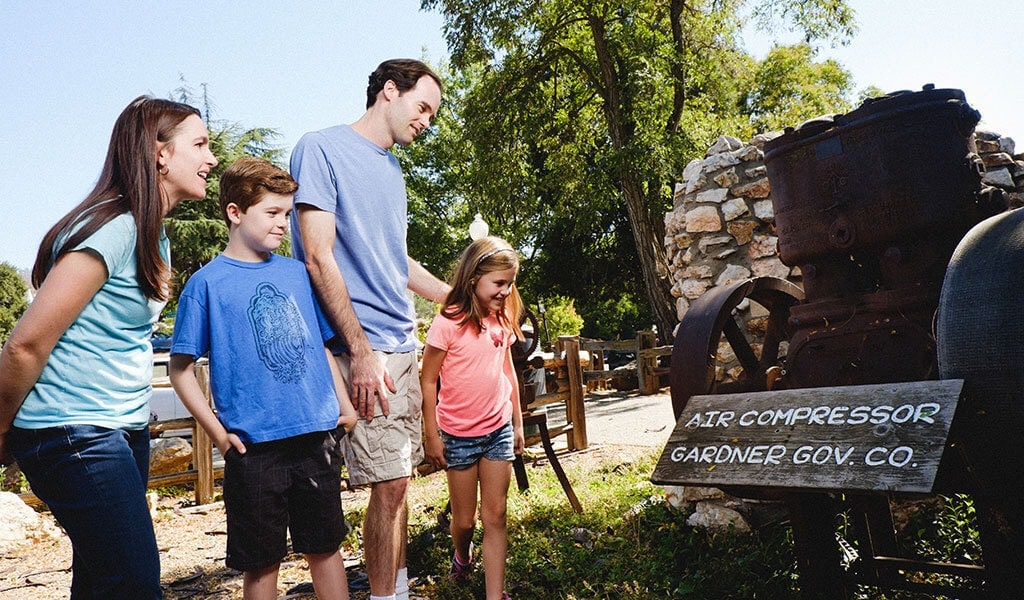
“The Best Little Museum of Its Size West of the Mississippi” according to the Smithsonian Institute, the Mariposa Museum & History Center rewards visitors with original Gold Rush documents and artifacts, gold displays, artwork, and photos. Native American heritage and culture are celebrated with exhibits interpreting the lives of the Mono, Paiute, and Miwuk tribes.
Mariposa County Courthouse
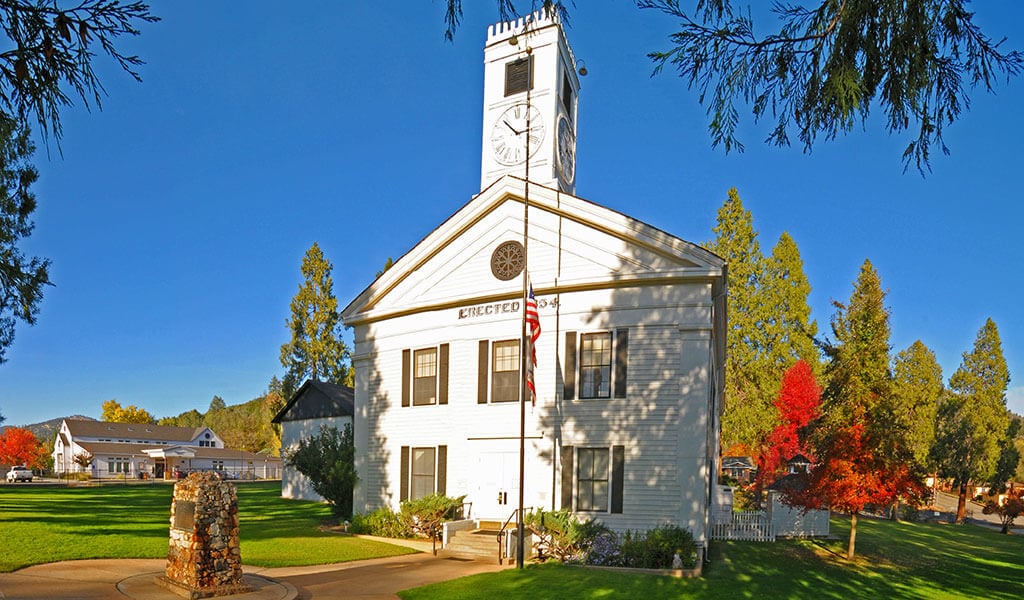
California’s oldest court of law, the stately Mariposa County Courthouse building has served continuously as the seat of county government since 1854. Much United States mining law is based on decisions emanating from the courthouse, which is listed on the National Register of Historic Places.
Yosemite Climbing Association Museum & Gallery
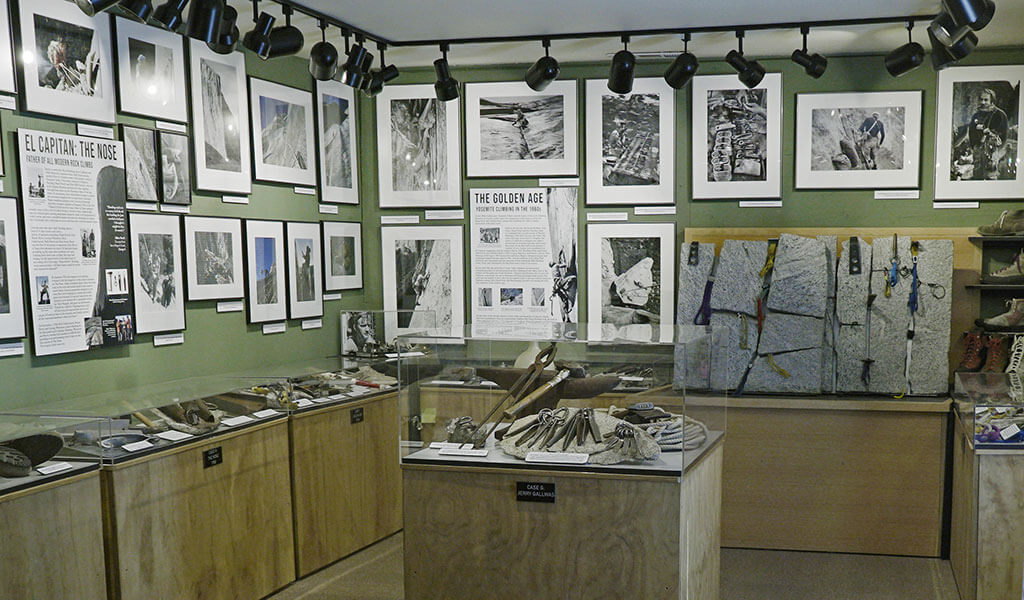
Visitors to Yosemite Mariposa can immerse themselves in local rock climbing lore and legacy at the Yosemite Climbing Association Museum & Gallery. Featuring a priceless collection of historical climbing artifacts (including stove leg pitons used on early Nose route ascents of El Capitan) and dozens of archival photographs, the museum celebrated its grand opening in 2022.
Settlers & Stone: Southern Mariposa County
Bisected by Highway 140 and topped off by Highway 49, Southern Mariposa County is marked by big grazing valleys, ancient mining ruins, out-of-nowhere towns, and rolling hills perfect for bike rides.
Catheys Valley
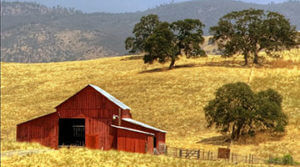
Mining was not the only way to acquire wealth during California’s early days. Catheys Valley is an area of great agricultural importance with some of the richest ranch land in the American West. In earlier times the Miwuk Nation wintered here in this big, blue-sky valley. Stone mortars and pestles have been found in local creek beds, and obsidian arrowheads and other artifacts are known to surface after a rainfall. Historical markers, like the old schoolhouse at the Catheys Valley Park, abound in Yosemite Mariposa County..
Hornitos
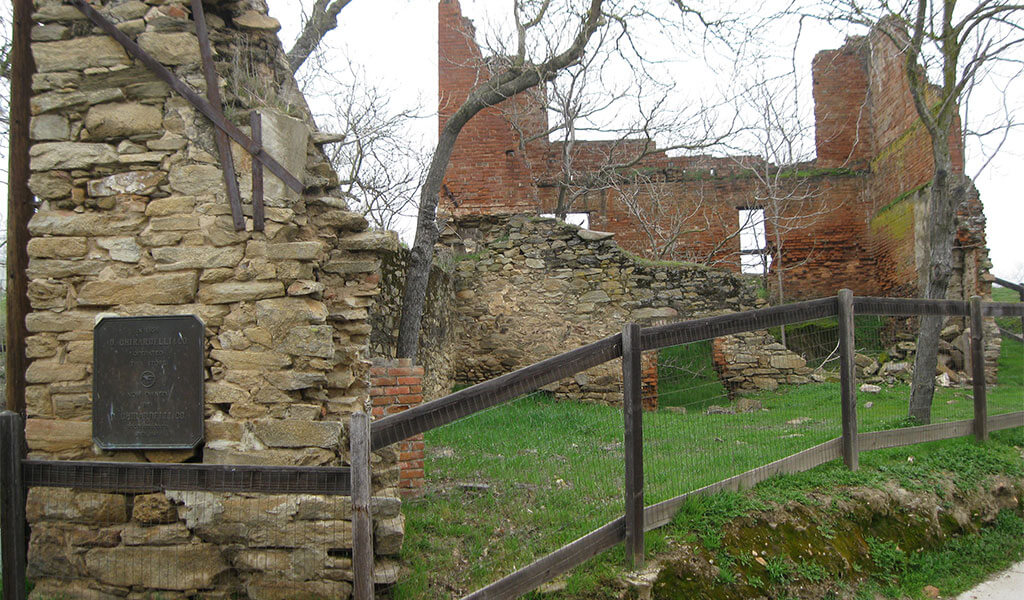
A rough-and-tumble Gold Rush ghost town, Hornitos reached a population of almost 15,000 by the 1870s and today stands as a great example of a living museum. The Hornitos Masonic Hall (1855) and St. Catherine Catholic Church (1860s) still stand proudly at this once-lively outpost. Legend has it that bandit hero Joaquin Murrieta built a tunnel from a local dance hall to his private horse stable to evade lawmen (ask a local to show you where).
Italian immigrant Domenico Ghirardelli came to Hornitos in 1852 to open a general supply store, D. Ghirardelli & Co. After several years of successful operation, Ghirardelli sold his business and moved to San Francisco in 1853 to focus on his fledgling Ghirardelli Chocolate Company. The business is still going strong. Here on a weekend? Stop for a refreshment at the historic Plaza Bar.
Rough Hewn: Northern Mariposa County
Northern Mariposa connects with the county’s hard-rock legacy via its museums, curio shops, tours and offbeat towns. John Muir’s epic 1868 walk from San Francisco to Yosemite took him right through Coulterville on the way to Yosemite Valley.
Coulterville Main Street Historical District
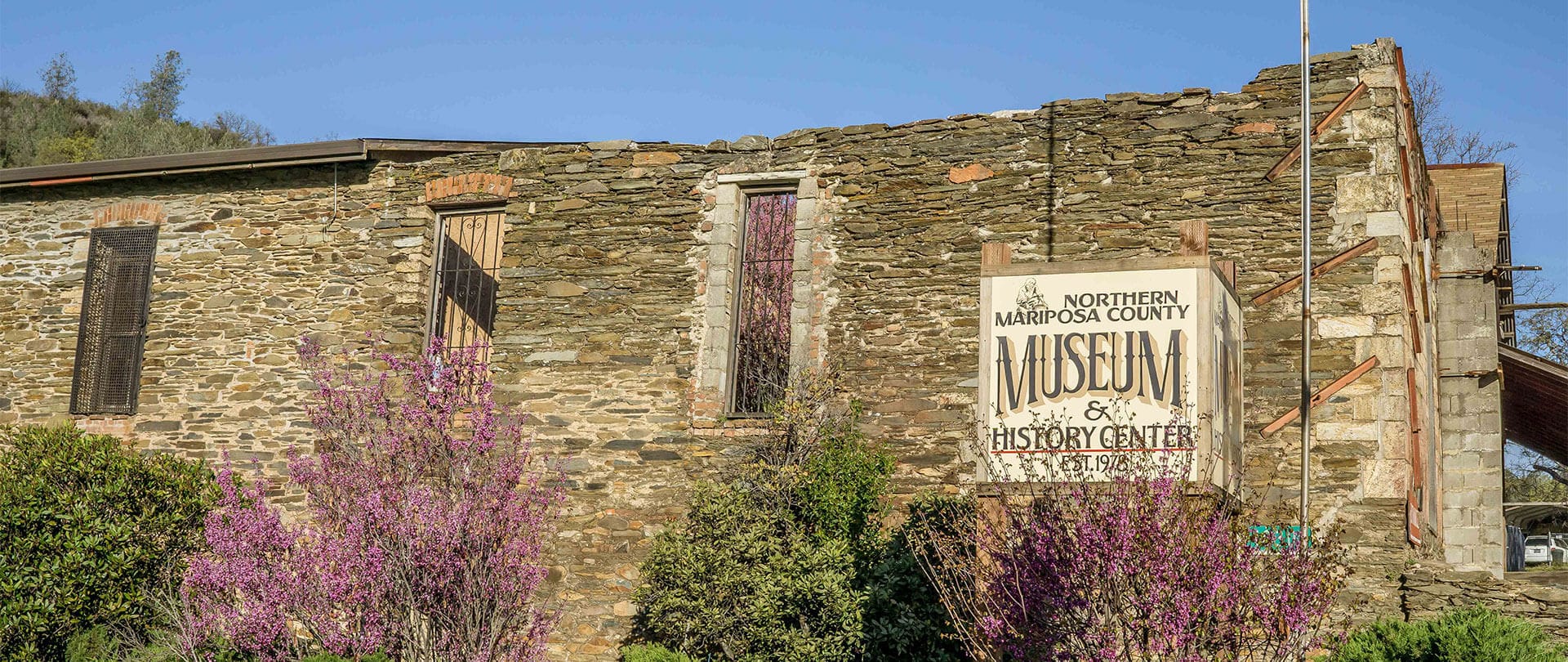
Coulterville is an authentic and well-preserved focal point for history in Mariposa County. As thousands of miners worked the land for gold, George W. Coulter served their needs as local merchant and hotel proprietor. Local mines operated for years and produced millions of dollars worth of gold. Today, the entire town of Coulterville is a historic landmark – literally. All 42 buildings all on the California Historic Register.
The Northern Mariposa County History Center in Coulterville provides an authentic glimpse of the life and times of the hardy pioneers who helped settle the area in the early 1800s and those seeking their fortune during the 1849 California gold rush.
The historic Jeffery Hotel, est. 1851, entertained many famous guests including Teddy Roosevelt, Mark Twain and John Muir, as Coulterville became a primary stage stop for travelers on their way to Yosemite. Some say the Jeffery is haunted by numerous ghosts!
Don’t miss the Coulter Café for its metro foodie menu and gorgeous flagstone, dog-friendly patio with seasonal live music and entertainment. Just up Highway 120, Buck Meadows provides multiple ways to refuel at the Lucky Buck Café and EV charging stations at the Buck Meadows Lodge.
Wondering what the history behind Yosemite is?
The history of Yosemite National Park is vast and complex. The stories stretch from the geological processes that shaped this majestic scenery, to hotels and buildings that dot the modern landscape. It holds evolving ecosystems and ancient trees. It encompasses the American Indian people that have lived in the area since the glaciers receded (and are still a part of Yosemite’s unfolding history), and the host of characters – painters, poets, pioneers, and politicians – who inspired Abraham Lincoln to set aside this land to be protected as part of the Yosemite Grant in 1864, and continue to influence Yosemite’s future today.
While this history surrounds you throughout Yosemite National Park, there are a few places where those stories come to the fore. Here are some suggestions for places to spend time wandering historic buildings and learning about the various aspects of Yosemite National Park history.
Park Pioneers: Southern Yosemite
The Southern Yosemite region is endowed with pioneer history celebrating its status as a bustling way station for early-times travel into and out of Yosemite Valley. Discover hidden waterfalls and Buffalo Soldiers legacy here, too.
Yosemite History Center
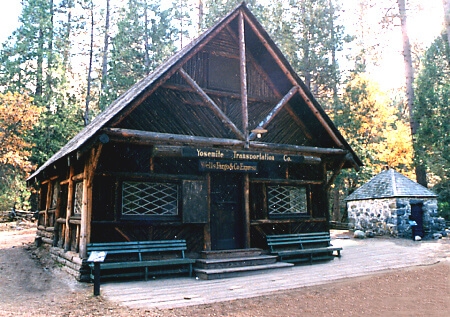
Wawona is a Yosemite National Park history hive. Original buildings from Yosemite’s early days, horse-drawn wagons, and one of the few covered bridges in California are all here. The Yosemite History Center displays how Yosemite was the inspiration for national parks across America and throughout the world. New to the Yosemite History Center is the Chinese Laundry, a long lost building that was recently dedicated to honor the labor of Chinese and AAPI immigrants to the region that have had incredible impacts on park infrastructure.
Wawona Hotel
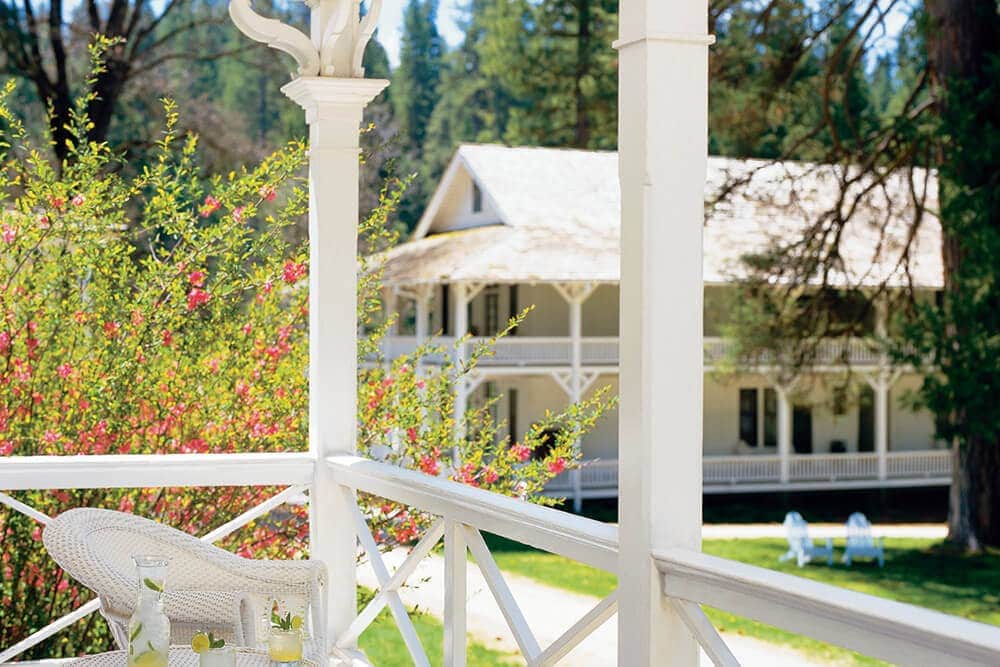
This National Historic Landmark is one of California’s original mountain resort hotels, originally established in 1856. The Wawona Hotel has hosted scores of Yosemite travelers, including President Theodore Roosevelt. Seasonal amenities include the Wawona Golf Course, vintage swimming pool and riding stables at the ever-popular resort hotel.
After a day of history buffing, enjoy a throwback dining experience at the Wawona Hotel Dining Room.
Natural History: Yosemite Valley
Carved by glaciers and spectacularly framed by granite walls and thundering waterfalls, Yosemite Valley is the heart of the Park, with plenty of visitor services and postcard-perfect vistas around every bend.
Yosemite Museum
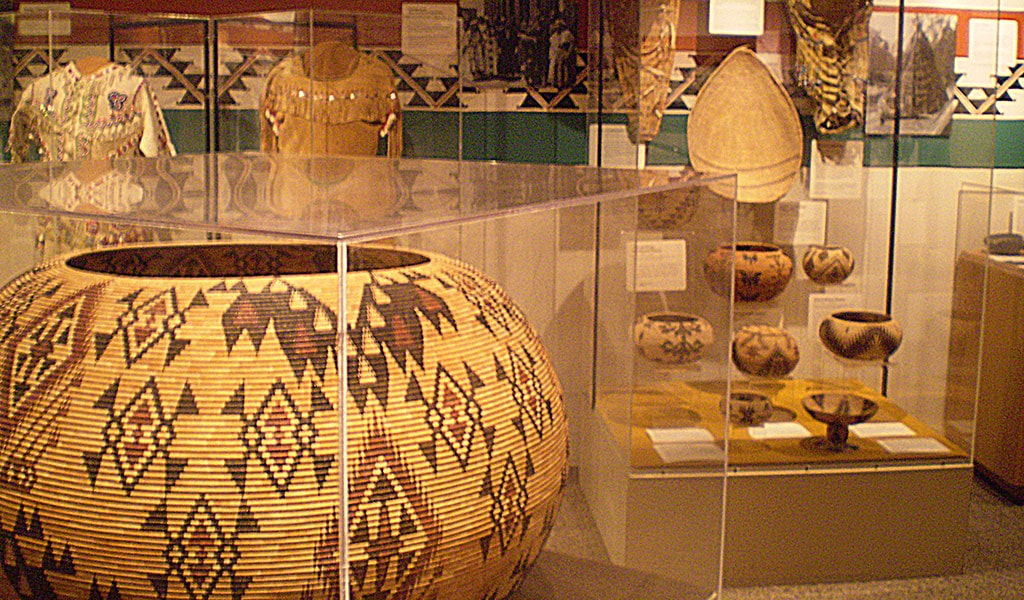
The Yosemite Museum was completed in 1925, designed by architect Herbert Maier in the newly emerging National Park Service rustic style. It was the first building constructed as a museum in the national park system, and its educational initiatives served as a model for others that followed. Visit the Yosemite National Park website for current hours of operation and check out this virtual tour to get a sense of what’s in store.
Indian Village of the Ahwahnee
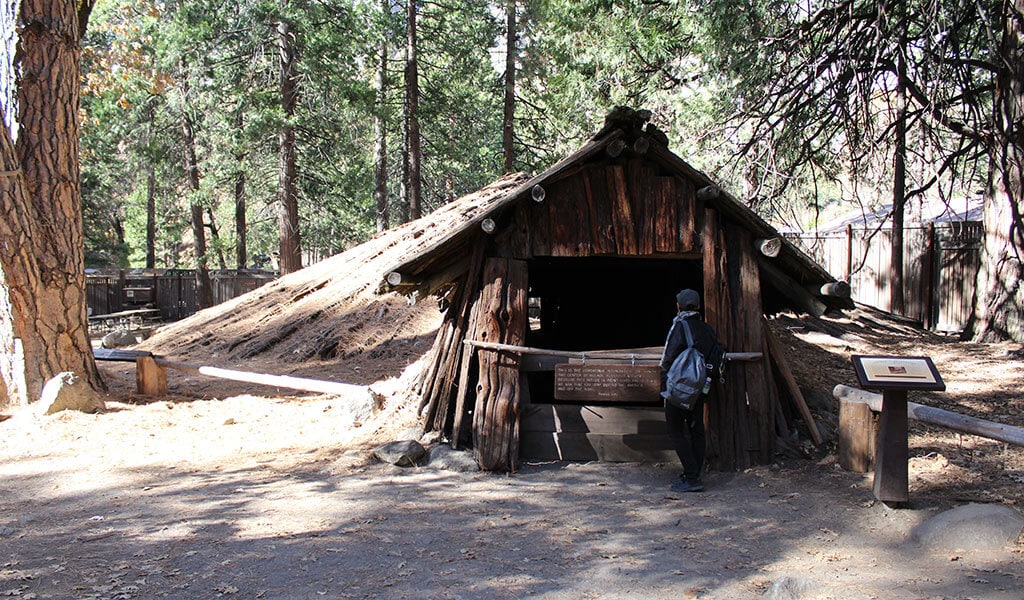
Located behind the Yosemite Museum, the Indian Village of the Ahwahnee is a cluster of demonstration buildings that show replica native structures including a ceremonial roundhouse, sweat lodge and Chief’s House. The original reconstruction of the village dates back to the 1920’s.
The Yosemite Valley Wahhoga (the Miwuk word for village) was the last indigenous village in Yosemite, occupied until 1969 when the park service removed the last of these homes. Located west of Camp 4 in Yosemite Valley near the Yosemite Lodge, Wahhoga will be reborn, as the Southern Sierra Miwuk Nation will become one of two tribes permitted to use National Park Service land for traditional and cultural purposes. Here, a roundhouse and a modern Indian cultural center are being traditionally re-built ““ many without any manufactured materials.
Happy Isles Nature Center
Happy Isles Art and Nature Center is a family-oriented nature center that features natural history exhibits (with an emphasis on wildlife) and interactive displays. Nearby are short trails focusing on the area’s four different environments: forest, river, talus, and fen. Open seasonally, April through October.
After a few days exploring Yosemite Mariposa County’s amazing historic sites and museums, consider rewarding your party with a feast fit for foodies ““ by dining at the beautiful and inimitable The Ahwahnee Dining Room.

